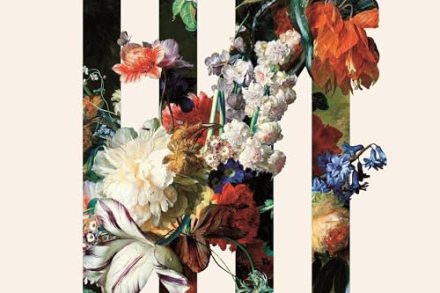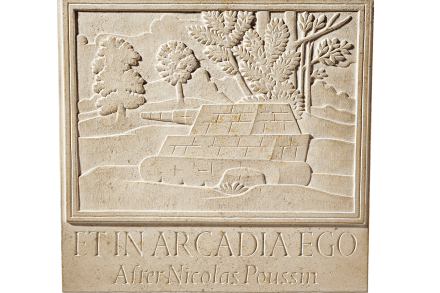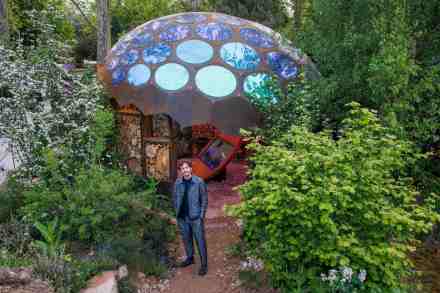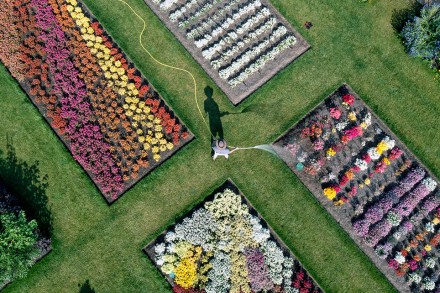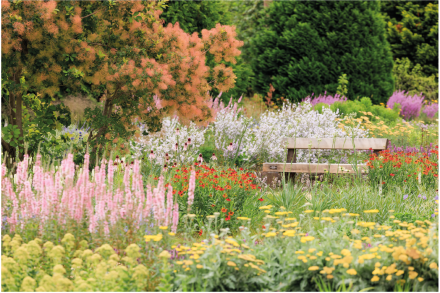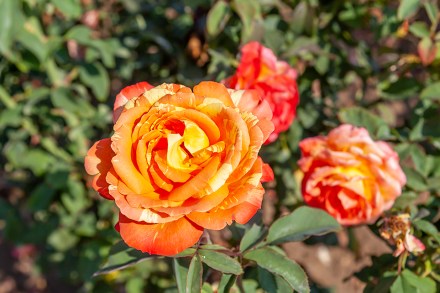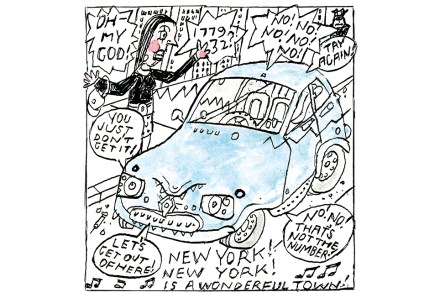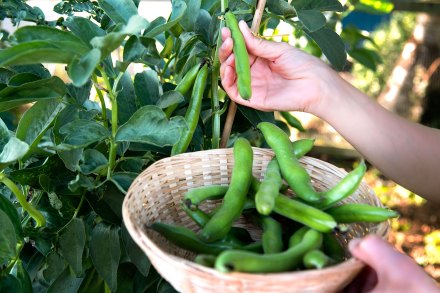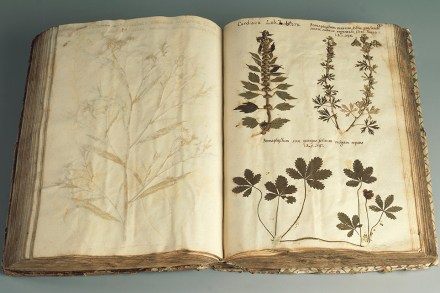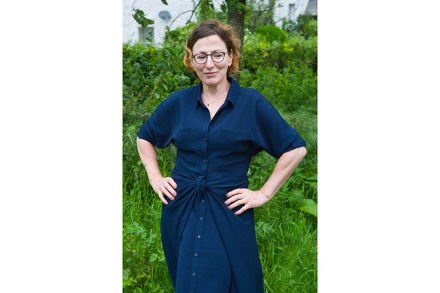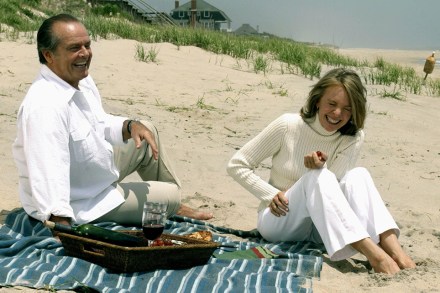Truly awful: Roblox's Grow a Garden reviewed
Grade: D– There’s some scholarly research to be done, I fancy, on the strange psychological appeal of boringness in videogames. These gaudy things could be non-stop excitement, and yet many of the most successful are mega boring. ‘Grinding’ – repetitive tasks undertaken for incremental rewards – is a matter of pride and pleasure for serious gamers; and some games – I’m looking at you, interior-decorating Sims – really do offer a digital equivalent to watching paint dry. Remember FarmVille, for instance? Here was a truly mind-numbing Facebook game where you managed a virtual plot of land and grew corn and tomatoes and whatnot, traded them for imaginary currency, bought





